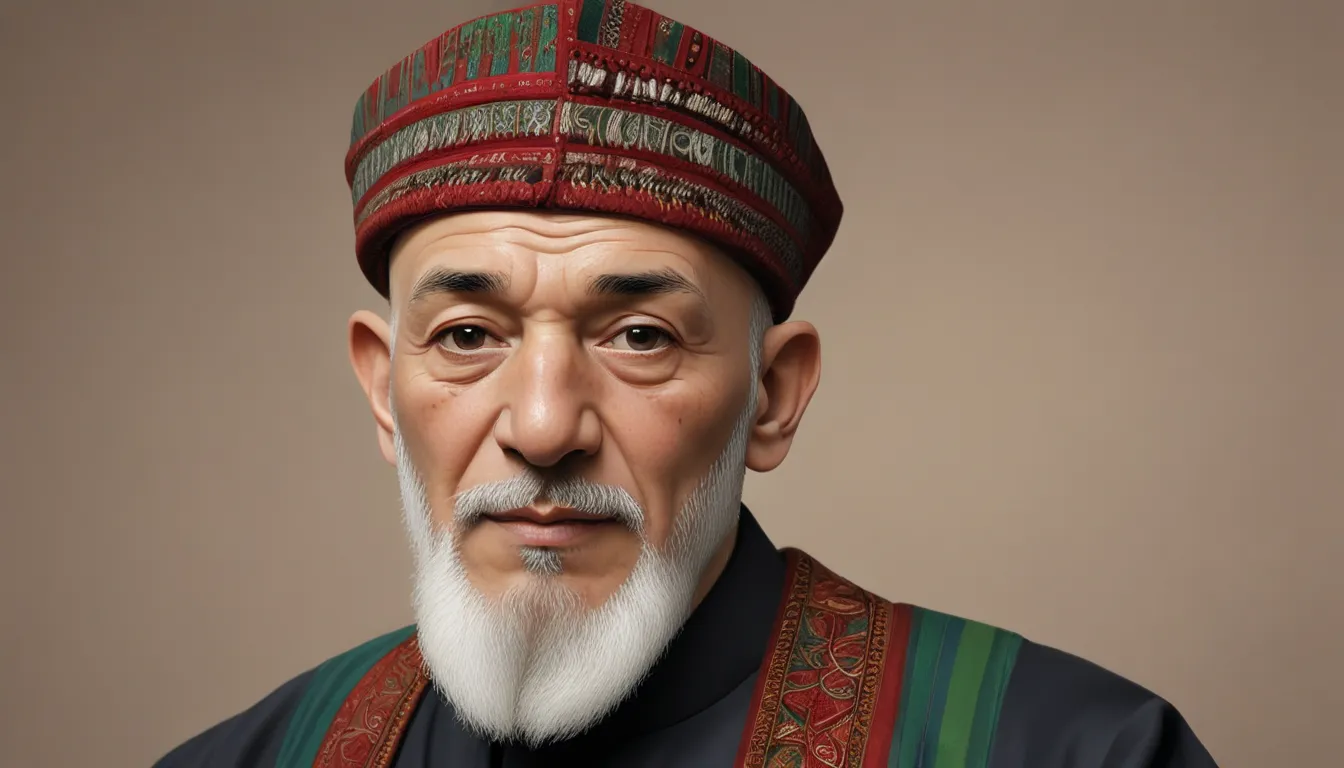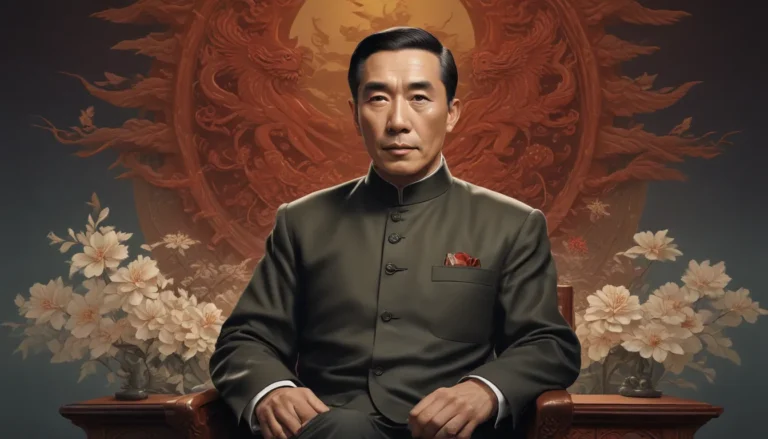The images in our articles may not match the content exactly. They are used to grab your attention, not to show the exact details in the text. The images complement the text but do not replace it.
Hamid Karzai, a prominent figure in Afghan politics, served as the President of Afghanistan from 2001 to 2014. Recognized for his pivotal role in leading the nation through challenging times, Karzai’s tenure was marked by efforts to stabilize Afghanistan and combat terrorism. Beyond his well-known accomplishments, there are lesser-known yet fascinating aspects of his life and career that shed light on his journey. This article delves into 10 intriguing facts about Hamid Karzai, exploring his upbringing, political rise, and the challenges he faced during his time in power.
Key Takeaways:
- Hamid Karzai, a key player in Afghan politics, championed national unity, women’s rights, and peace, leaving a lasting impact on the country’s political landscape.
- Despite stepping down from the presidency, Karzai remains influential in Afghan politics, actively participating in discussions for a peaceful and stable Afghanistan.
Karzai’s Early Life and Education
Born on December 24, 1957, in Karz, Afghanistan, Hamid Karzai hails from a well-respected political family, with his father serving as the Deputy Speaker of the Parliament. His educational journey began in Kabul, progressing to higher studies in India, where he obtained a degree in political science from Himachal Pradesh University.
Karzai’s Role in the Mujahideen
During the Soviet-Afghan War, Karzai joined the Mujahideen, emerging as a key figure in organizing and mobilizing groups to resist the Soviet forces. His involvement in the resistance highlighted his commitment to Afghanistan’s independence and sovereignty.
Karzai’s Leadership as Afghanistan’s President
Following the ousting of the Taliban regime in 2001, Hamid Karzai assumed the role of Interim President, later securing victories in the presidential elections of 2004 and 2009. His two full terms as President underscored his dedication to steering Afghanistan through a critical period of transition.
Karzai’s Efforts for National Reconciliation
Throughout his presidency, Karzai prioritized national reconciliation, engaging with diverse factions and tribal leaders to foster unity among Afghanistan’s ethnic groups. His emphasis on inclusivity laid the groundwork for a more cohesive society.
Karzai’s International Relations
A proactive diplomat, Karzai focused on strengthening Afghanistan’s global ties, engaging in diplomatic pursuits to secure foreign aid and investment essential for the nation’s post-war reconstruction. His efforts aimed to position Afghanistan as a respected player on the international stage.
Karzai’s Commitment to Women’s Rights
An advocate for gender equality, Karzai championed initiatives to enhance women’s access to education and healthcare, striving to create a society where women could participate fully in public life. His commitment to women’s rights set a precedent for progress in Afghanistan.
Karzai’s Efforts for Peace and Stability
Recognizing the significance of lasting peace, Karzai played a pivotal role in peace talks with the Taliban and other insurgent groups. His dedication to sustainable peace underscored his commitment to long-term stability in Afghanistan.
Karzai’s Transition from Presidency
In 2014, Hamid Karzai’s presidency drew to a close with the election of Ashraf Ghani as his successor. Despite relinquishing the presidency, Karzai continued to be actively involved in promoting peace, reconciliation, and development in Afghanistan.
Karzai’s Legacy and Impact
As Afghanistan’s first democratically elected president, Karzai’s legacy is entrenched in the nation’s political fabric. His contributions to national unity, women’s rights, and peacebuilding stand as enduring testaments to his leadership and vision for Afghanistan’s future.
Karzai’s Current Involvement
Post-presidency, Karzai remains a prominent figure in Afghan politics, utilizing his influence to advocate for critical issues and facilitate dialogues aimed at securing a peaceful and stable Afghanistan. His continued engagement underscores his dedication to shaping the nation’s trajectory.
Conclusion
Hamid Karzai’s journey embodies resilience, diplomacy, and a steadfast commitment to propelling Afghanistan towards progress and stability. His tenure as President marked a transformative period for the nation, characterized by challenges and triumphs that have sculpted Afghanistan’s recent history. Karzai’s enduring impact on Afghanistan’s political landscape and his unwavering pursuit of peace serve as a beacon of hope for a nation striving for unity and prosperity.
FAQs
-
Who is Hamid Karzai?
Hamid Karzai is a prominent Afghan politician who served as the President of Afghanistan from 2004 to 2014, playing a crucial role in the nation’s transition post-Taliban era. -
What were Hamid Karzai’s major achievements as President?
Karzai’s presidency focused on rebuilding infrastructure, promoting education and democracy, and fostering peace and reconciliation among Afghanistan’s diverse communities. -
How did Hamid Karzai contribute to regional peace and stability?
Karzai’s diplomatic efforts aimed at maintaining stability within Afghanistan and fostering peaceful relationships with neighboring countries to support the nation’s reconstruction endeavors. -
What challenges did Hamid Karzai face during his tenure as President?
Karzai encountered challenges such as political instability, corruption, security threats from insurgent groups, and the complexities of governing a diverse nation like Afghanistan. -
What is the legacy of Hamid Karzai?
Hamid Karzai’s legacy is entrenched in his contributions to rebuilding Afghanistan, advocating for democracy, and spearheading peacebuilding efforts, symbolizing resilience and leadership during a crucial juncture in Afghan history.
Hamid Karzai’s life story is an intricate tapestry woven with dedication, vision, and a relentless pursuit of progress. His influence continues to reverberate in Afghanistan’s political sphere, offering a lens into the nation’s past and a beacon of hope for its future. Dive deeper into the narrative of this remarkable statesman to uncover a wealth of inspiration and insight.






